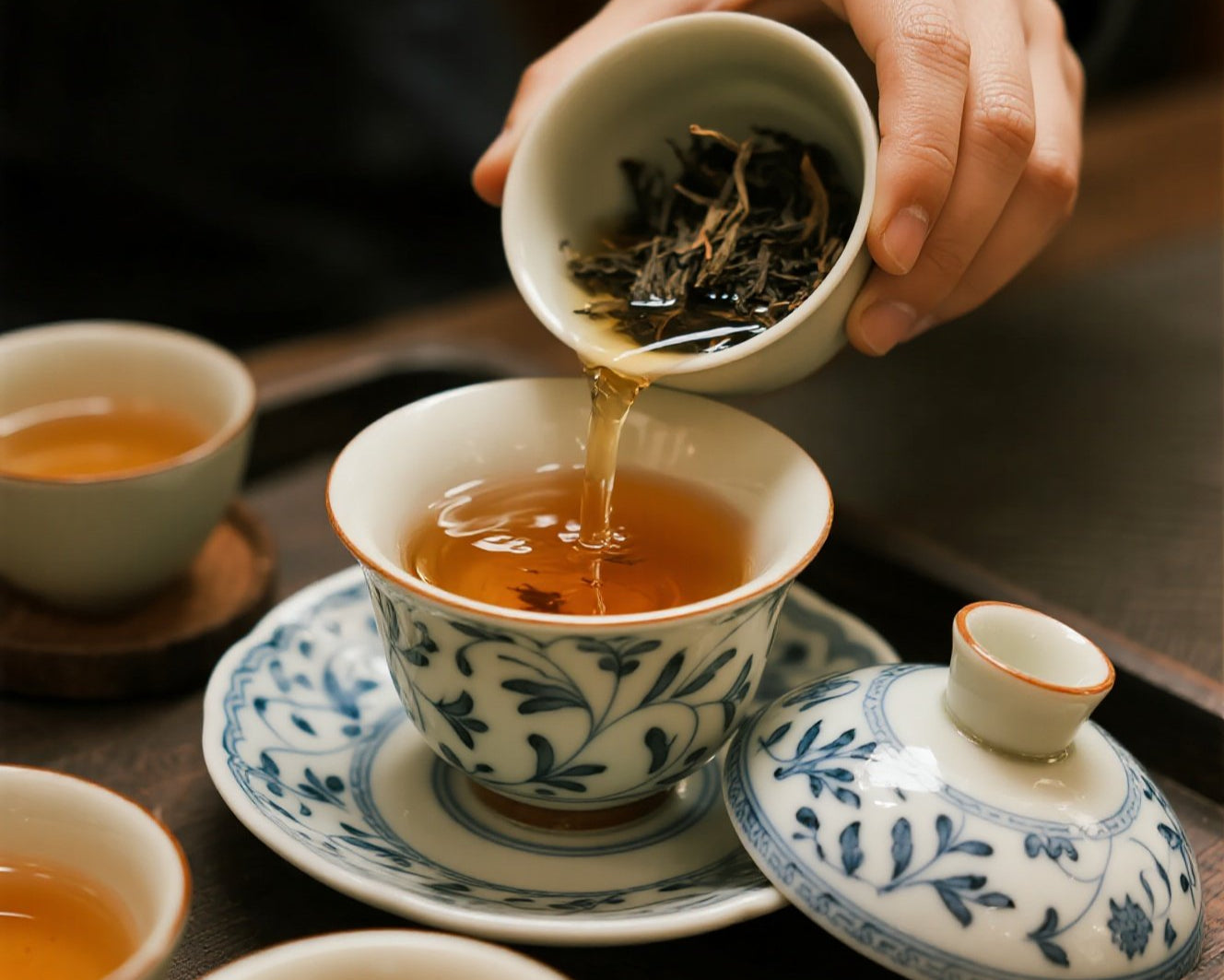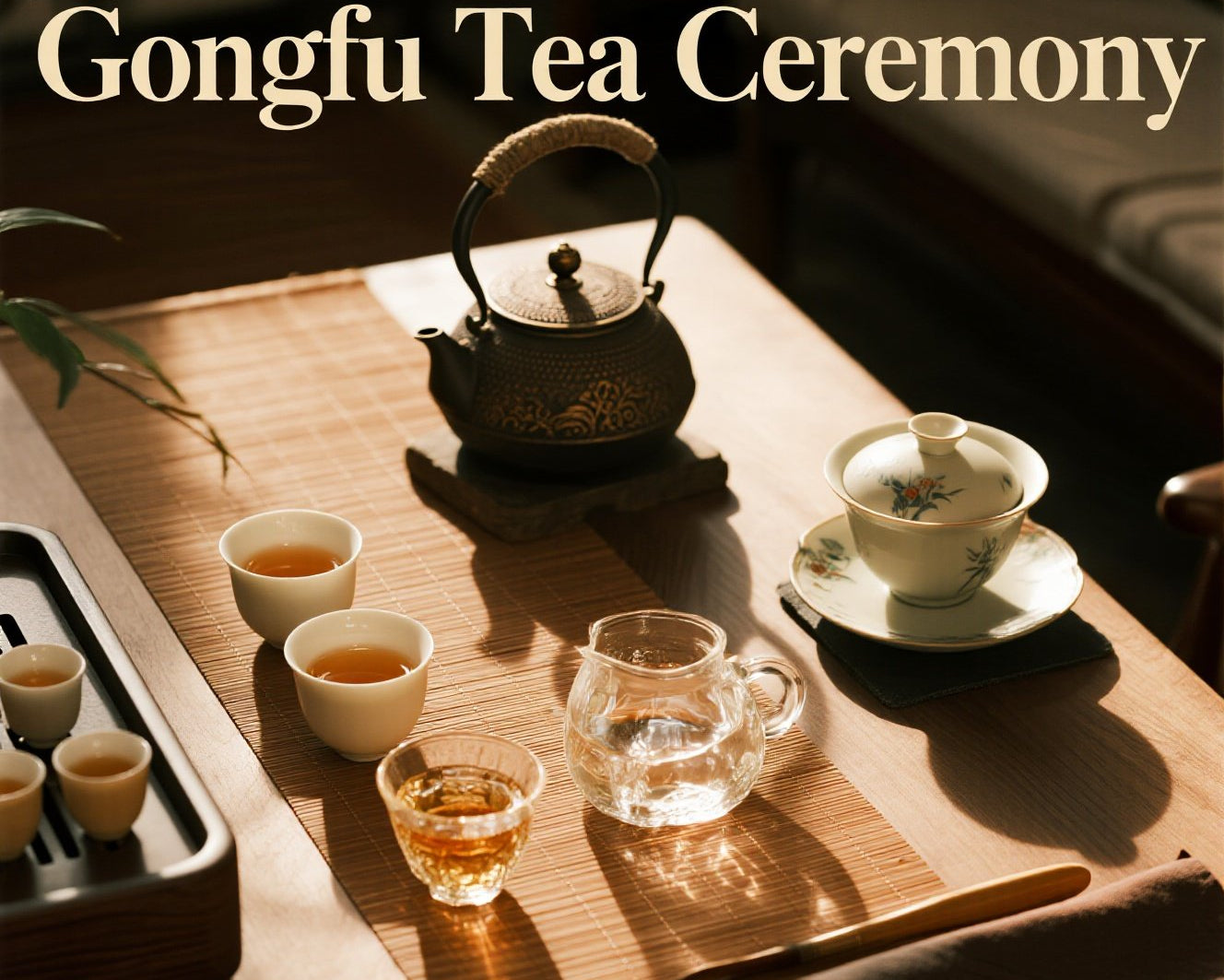How to Brew Chinese Loose Leaf Tea: A Step-by-Step Guide for Beginners
Chinese tea has been cherished for centuries—not just as a drink, but as an art and a way to cultivate mindfulness. If you're new to Chinese loose leaf tea, you might wonder: how do you brew it correctly to unlock its full aroma and flavor? This guide will walk you through the basics of brewing Chinese tea the traditional way—simple, elegant, and deeply satisfying.
Why Loose Leaf Tea?
Unlike tea bags, Chinese loose leaf tea is less processed, more aromatic, and retains the full flavor profile of the tea leaves. Popular types include Oolong, Pu-erh, Green, White, and Black (Hong Cha) tea.
What You Need to Get Started
To brew loose leaf tea properly, it’s best to prepare the right tools. While you can start with basic kitchenware, investing in traditional Chinese teaware will elevate your experience.
Recommended Teaware:
-
Gaiwan or small Yixing teapot
-
Fairness pitcher (Cha Hai)
-
Tea cups
-
Tea strainer
-
Tea tray or bowl for discarding water
Step-by-Step Brewing Instructions
1. Warm Your Teaware
Pour hot water into your teapot or gaiwan and cups to warm them. This helps maintain water temperature during brewing and ensures even extraction of flavor.
2. Measure the Tea Leaves
For a 120 ml gaiwan, use about 5–6 grams of tea leaves. Adjust the amount depending on your personal taste and tea type.
3. Rinse the Leaves (Awakening the Tea)
Pour hot water over the leaves and immediately pour it out. This step "awakens" the leaves and removes dust.
4. First Infusion
Add water (usually between 85°C–100°C, depending on the tea type). Cover and steep for about 10–30 seconds. Pour the tea into a fairness pitcher, then into cups.
Tip: Oolong and Pu-erh teas can be brewed with boiling water, while Green and White teas require lower temperatures (80–85°C).
5. Multiple Infusions
Most Chinese teas can be steeped 5 to 10 times. Increase steeping time slightly with each brew. You’ll notice how the flavor evolves from one infusion to the next.
Tips for Best Results
-
Use filtered or spring water to avoid affecting the tea’s taste.
-
Preheat your water to the correct temperature for each type of tea.
-
Don’t oversteep, especially with delicate teas like green or white tea.
Final Thoughts
Brewing Chinese loose leaf tea is more than making a drink—it’s a calming ritual that connects you to centuries of tradition. With each cup, you’ll not only taste the difference but also begin to appreciate the quiet elegance of Chinese tea culture.


